University Data and Information Management Assignment 2 Report
VerifiedAdded on 2021/06/16
|8
|664
|21
Report
AI Summary
This report provides a comprehensive solution to a data and information management assignment. It begins by defining database entities such as Participant, Workshop, Organizer, ParticipantWorkshop, MeetingRoom, WorkshopSchedule, and WorkshopRoom. The solution then details the tables and attributes for each entity, followed by a discussion of the business rules governing the database design. Functional dependencies are identified, and the process of normalizing the tables to the first, second, and third normal forms is explained. An ER diagram visually represents the relationships between the entities. The report includes the design of an MS-Access database and demonstrates SQL queries to retrieve and manipulate data from the database. Finally, the report provides references to external sources consulted during the assignment.
1 out of 8
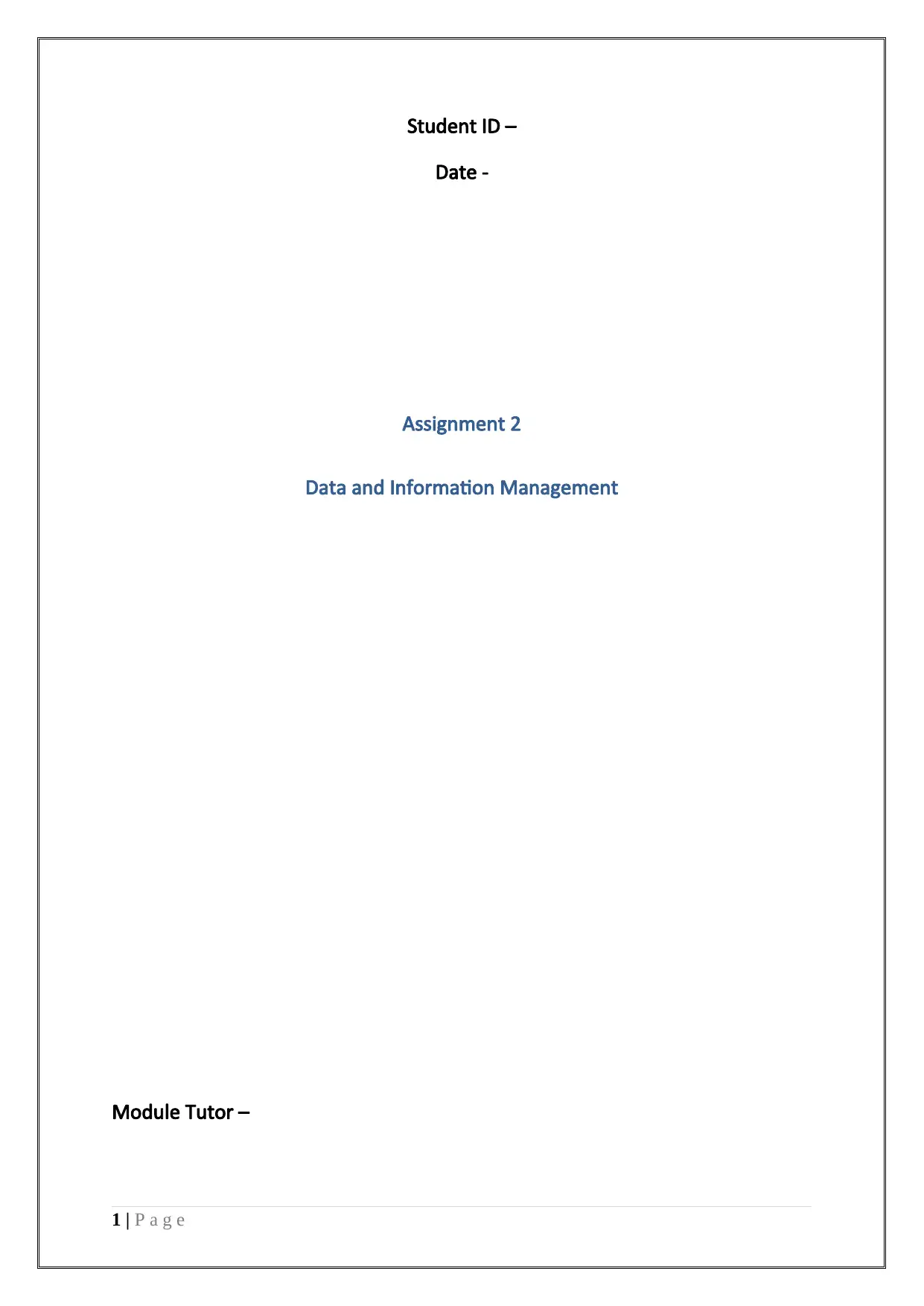
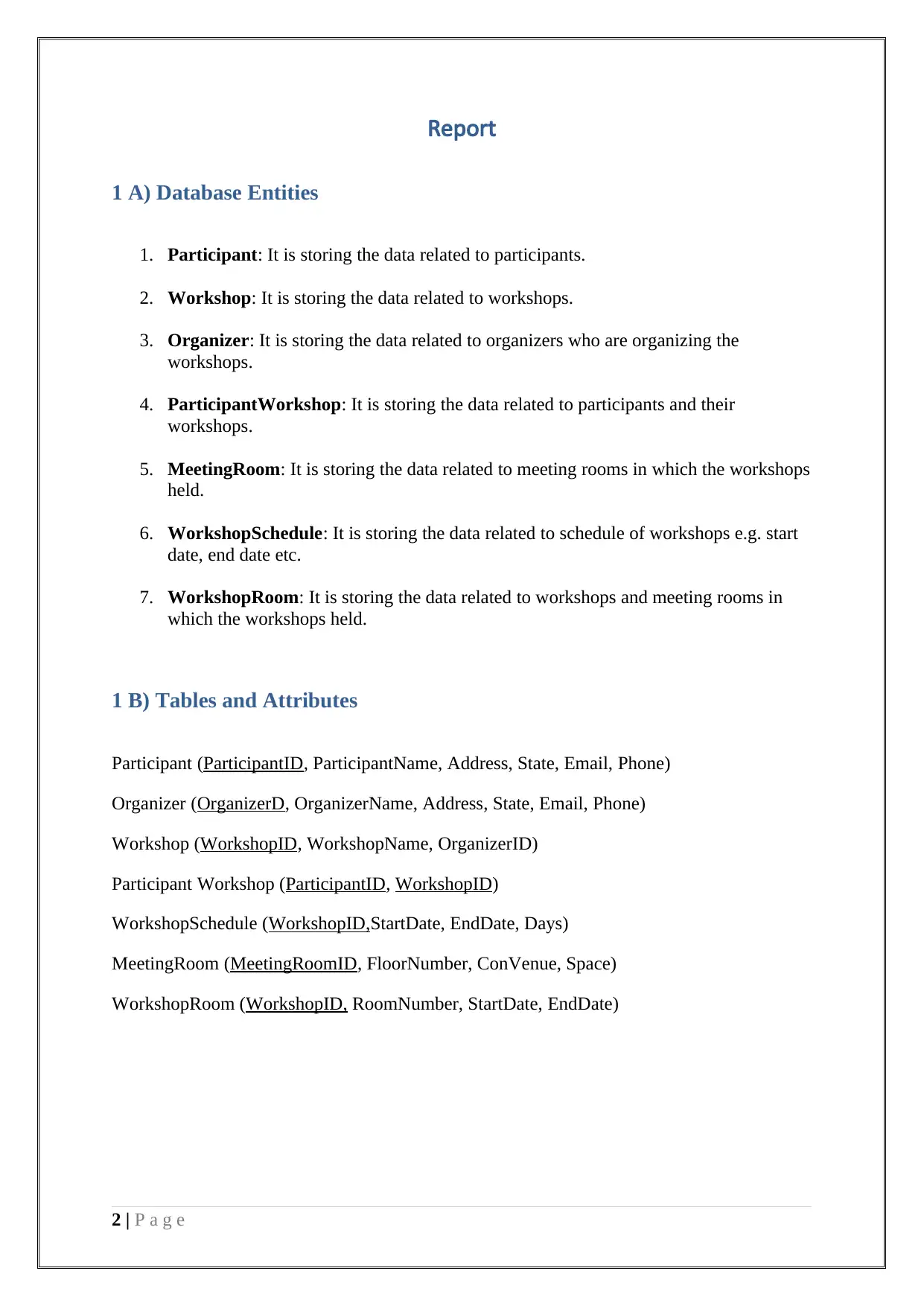
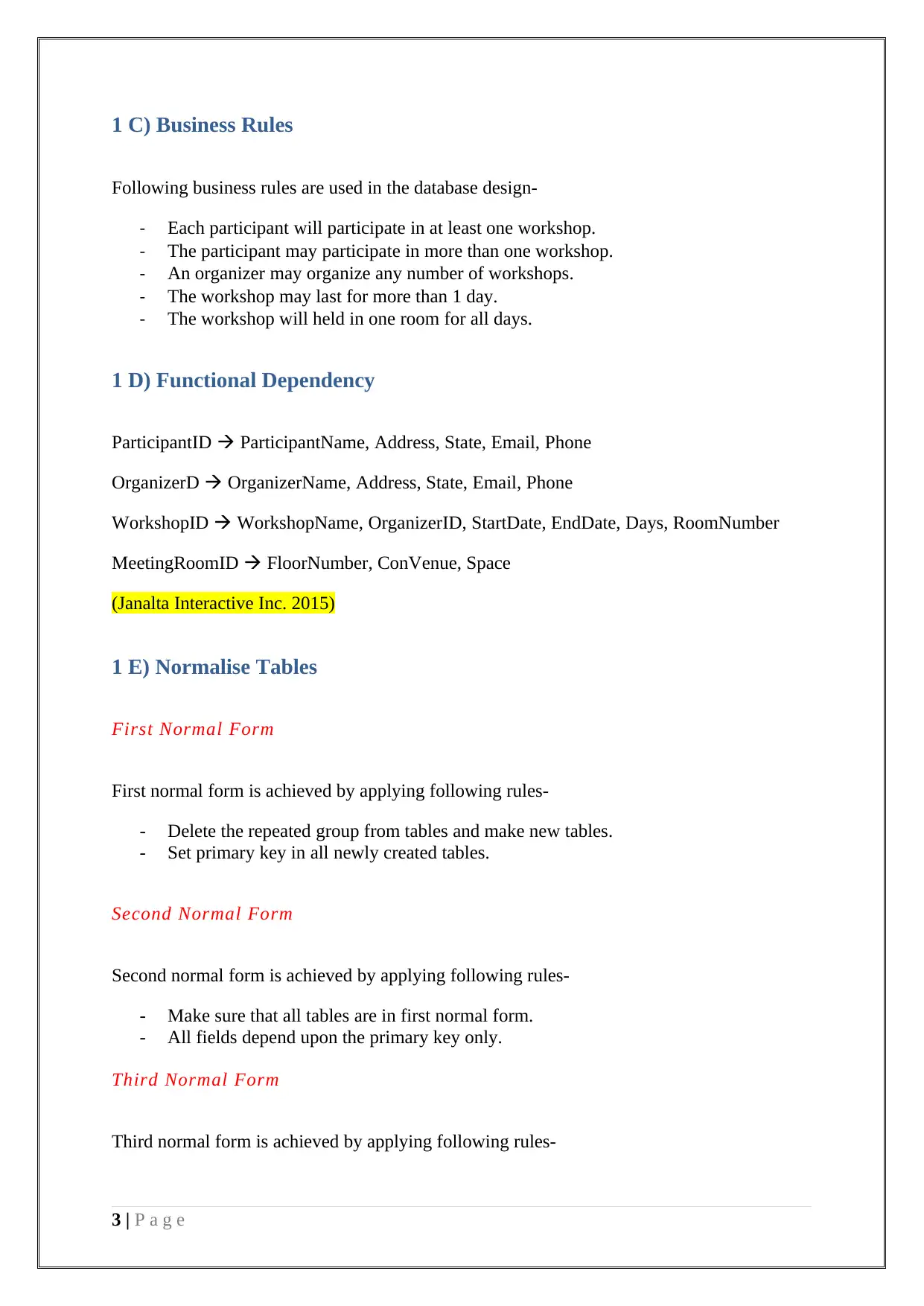

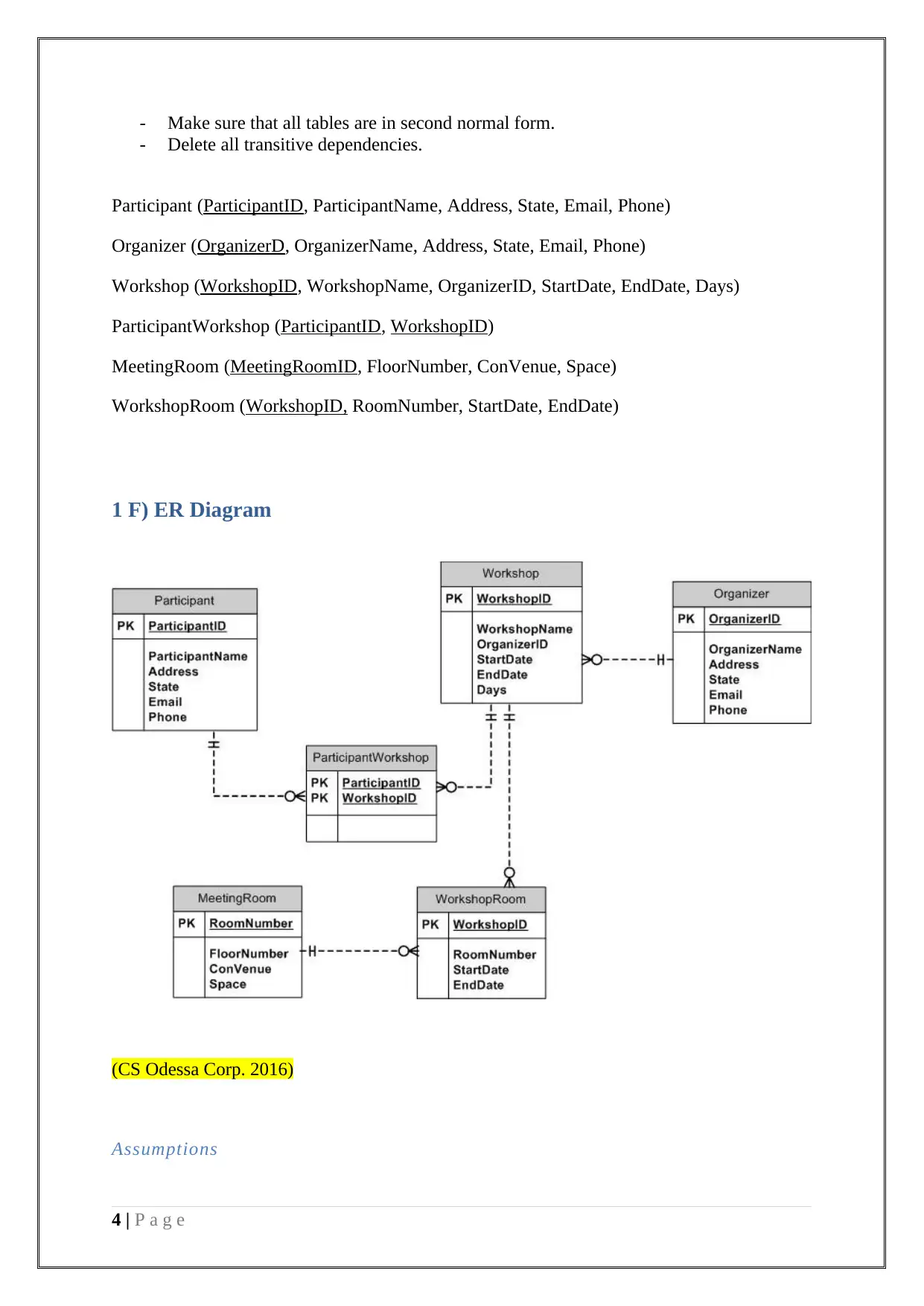
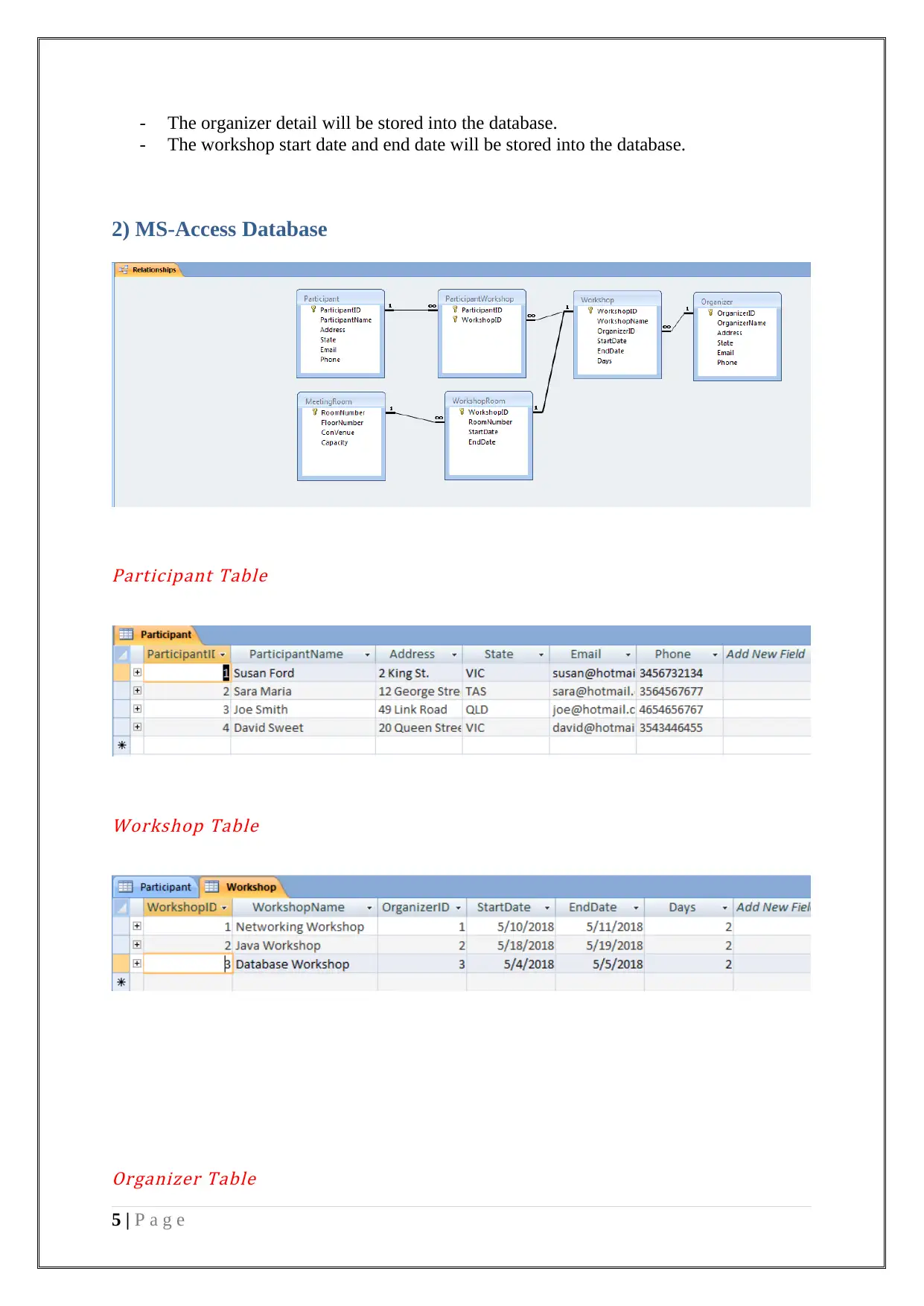
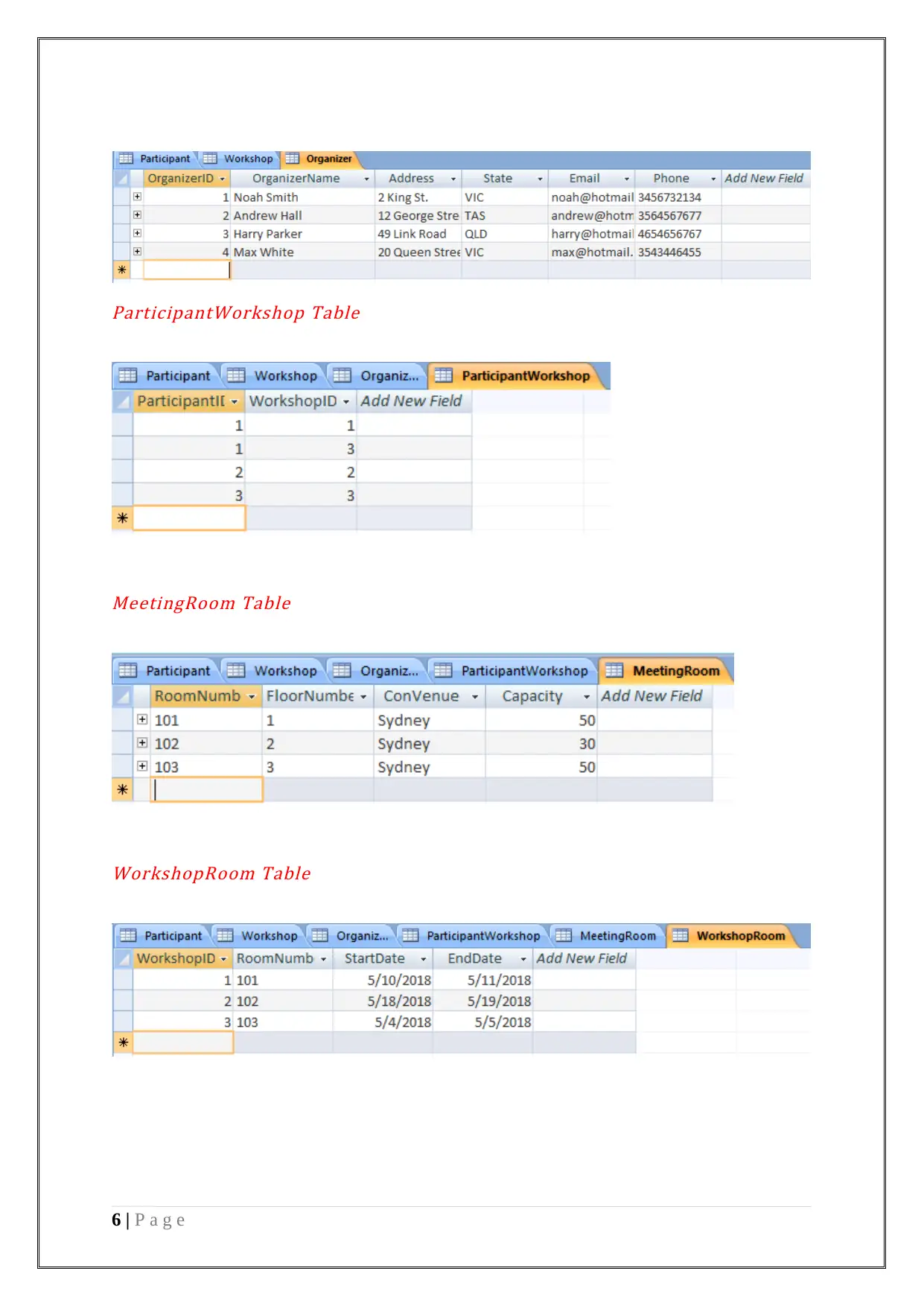
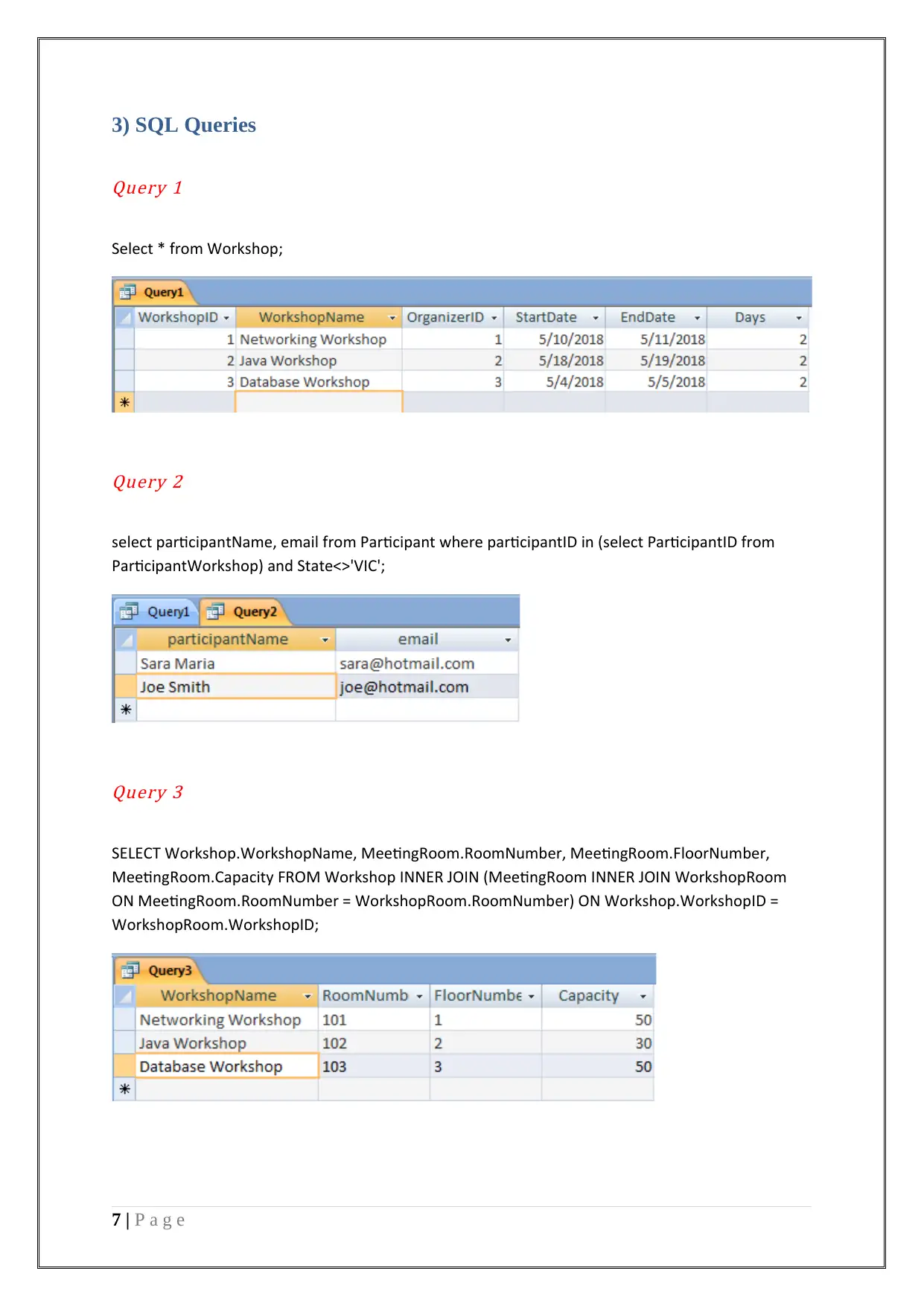
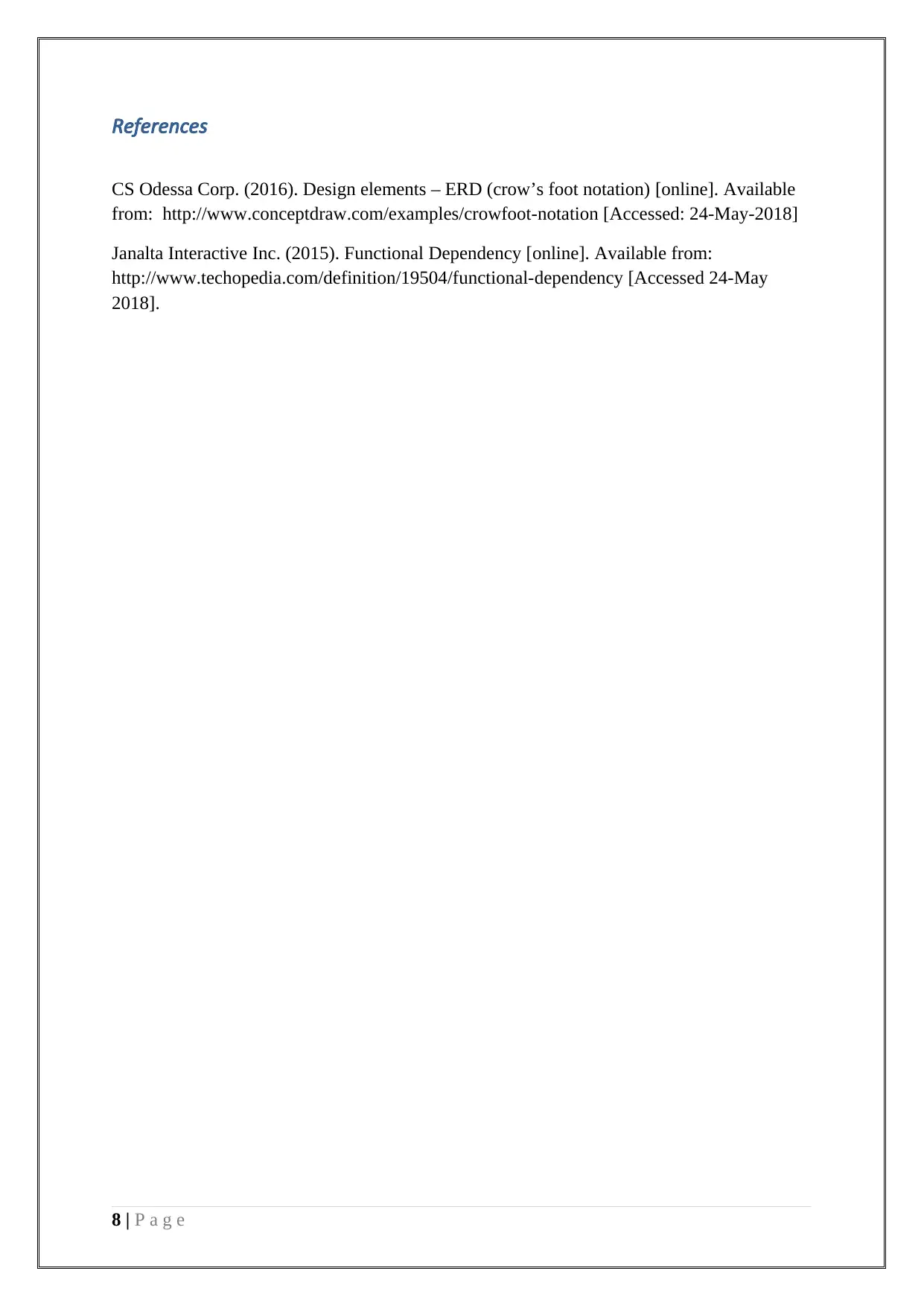






![[object Object]](/_next/static/media/star-bottom.7253800d.svg)